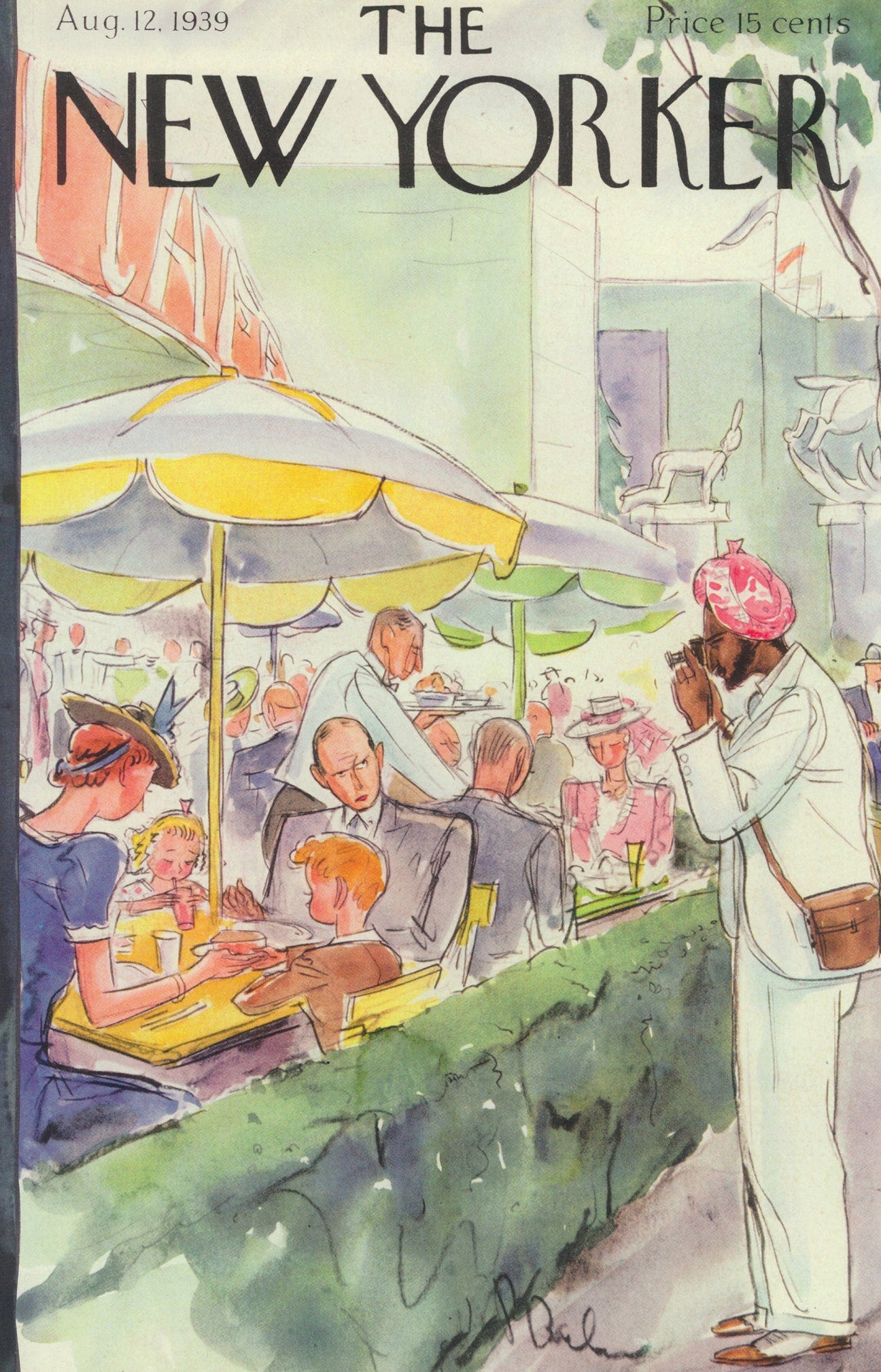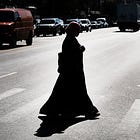Welcome to the Brown History Newsletter. If you’re enjoying this labor of love, please do consider becoming a paid subscriber. Your contribution would help pay the writers and illustrators and support this weekly publication. If you like to submit a writing piece, please send me a pitch by email at brownhistory1947@gmail.com.
Don’t forget to check out our SHOP and our Podcast.

Recommended Reads:
Niyāz in the Shi’a Diaspora: Sacred Offerings and Syncretism
Votive food offerings, koonday ki niyāz, and diasporic memory.
Koonday are spiritual biscuits. These meethi tikkiyan or sweet dough patties are called koonday after the earthenware trays that they are prepared in. In the Islamic month of Rajab, bright warm koonday glow in the center of meticulously laid niyāz dastarkhwan1. The first bite of a meethi tikki flakes into shards, the exterior slightly bitter and crisp from caramelization; then the cottony interior of fat and sugar dissolves on the tongue- never too cloying, never too demanding. It invites another bite, more chai, and a whisper of a prayer.
In the first hours of daybreak, after a sleepless night of preparing mounds of earthy biscuits, a woman - my mother, or yours, or any of our aunties with strong hands and gold bangles - has prayed over the offering. She has whispered a story of how the koonday came to be, how the first recipe was found in a dream, and how miracles have a way of flowing between dreams to reality. We will later consume this niyāz/sacred offerings, dreams and dough, chewing on the past.

Koonday are part of Shi’a nazr-o-niyāz, which is a practice of votive offerings in order to negotiate prayers, blessings, and fortunes. Kneaded into the semolina of koonday, perfuming this sacred food, are sediments of Shi’a faith, stories and sensual memories. Shi’ism is the second-largest school of Islamic thought, where historical and political succession after the Prophet Muhammad is seen to pass through his descendants, the Ahl-al-Bayt. India and Pakistan host some of the largest Shi’a communities in the world, replete with their own traditions: local languages, customs, foods, and other cultural forms mingle to result in a syncretic and distinct mix of South Asian or Indic Shi’ism2. Within the repertoire of Shi’a ritual are various practices of devotion towards the Ahl-al-Bayt, and these extend from deeply emotional mourning to festive celebrations.
Material culture plays an integral role in Shi’a rituals, birthing its own vernacular: tabbaruk, taboot, taziyah3. Shi’a Muslims sing their stories in multiple ways; from the rhythms of Muharram4 laments, to the soundscapes of jalūs5 processions, to the clangs of stirring waist-height pots of haleem. These rituals and memories are part of my spiritual heritage as a desi Shi’a woman, and are also the focal point of my research as a migrant anthropologist in Amsterdam.
I arrived here for my PhD, following in the footsteps of South Asians moving across the globe for education and work. The Shi’a community in the Netherlands is small, and a minority within Dutch Muslims. First arriving in the Netherlands as migrant workers and political refugees in the 1960s and 70s, desi Shi’as have now established local organizations, places of worship, and transnational networks of community and ritual. Communal rituals bring together both Pakistani and Indian Shi’as, particularly those who speak Urdu and Hindi. These practices play a key role in facilitating worship and contribute to the formation of a transnational yet locally rooted Shi’a diaspora in the Netherlands. My ethnographic research situated me within one of these Dutch-Shi’a networks, where I was able to work, pray, learn, and eat alongside Shi’a women. Niyāz practices in Amsterdam are examples of eating together as multi-faceted community nourishment, as well as a testament to the mobility and memory of culinary-spiritual traditions. How do traditions, memories, and food travel? How do rituals continue in diaspora, and what stories do they take with them?







